5 surprising reasons you should let weeds grow in your yard
Here’s why you should let your weeds grow
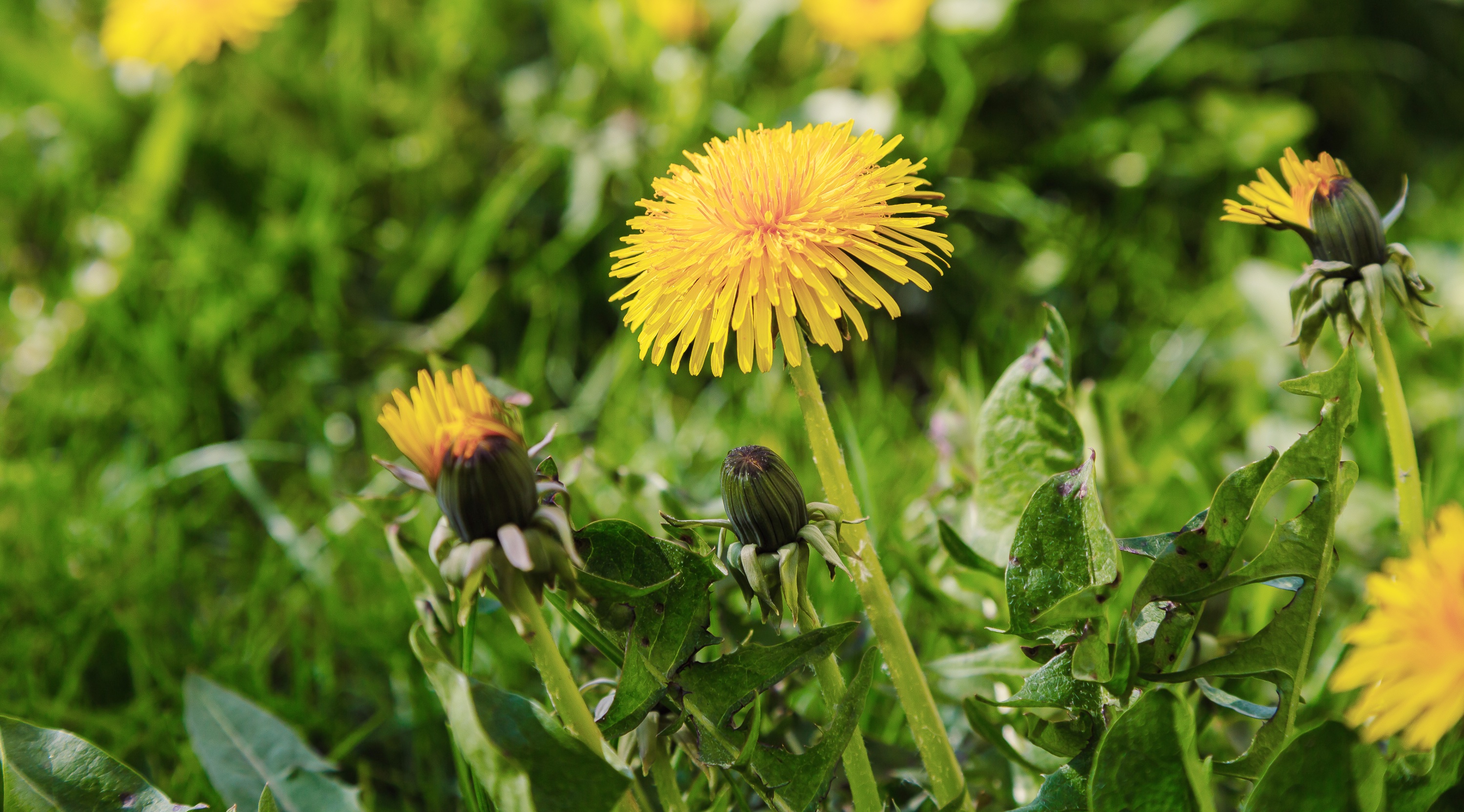
Weeds are probably every gardener's nightmare, and the process of removing weeds can be a tedious task. In addition, weeds are notorious for growing rapidly, competing with other plants to soak up precious nutrients, and ruining the overall aesthetic of your outdoor space. But, did you know there are surprising reasons you should let weeds grow in your yard?
Yes, you heard right! According to experts, weeds left in a designated area can actually be beneficial to your soil, and prevent it from drying out. “Instead of getting consumed with tearing weeds out of your lawn, consider leaving them alone and let nature reclaim its place in your garden,” says Chris Bonnett, gardener and founder of GardeningExpress.co.uk. “Embracing weeds can help support biodiversity, enhance the soil and conserve water.”
Of course, this doesn’t mean you should let your yard become overrun with weeds, and make your outdoor space look unnattractive. After all, the larger they grow, the more difficult they become to remove and the more damage left behind. What’s more, this depends on the type of weed in your yard, as certain types can become invasive plants, which would need to be dealt with immediately. However, it’s harmless to leave some common types such as clover or other less-invasive types of garden weeds.
“Keep in mind that weeds can quickly overgrow, so it’s important to not let them take over the garden. It’s better to allocate a certain area for them so they’re not competing with your plants for nutrients, water, and sunlight.”
So, before you get rid of those unsightly weeds, you might want to know these surprising reasons you should let weeds grow in your yard.
1. Weeds attract beneficial wildlife
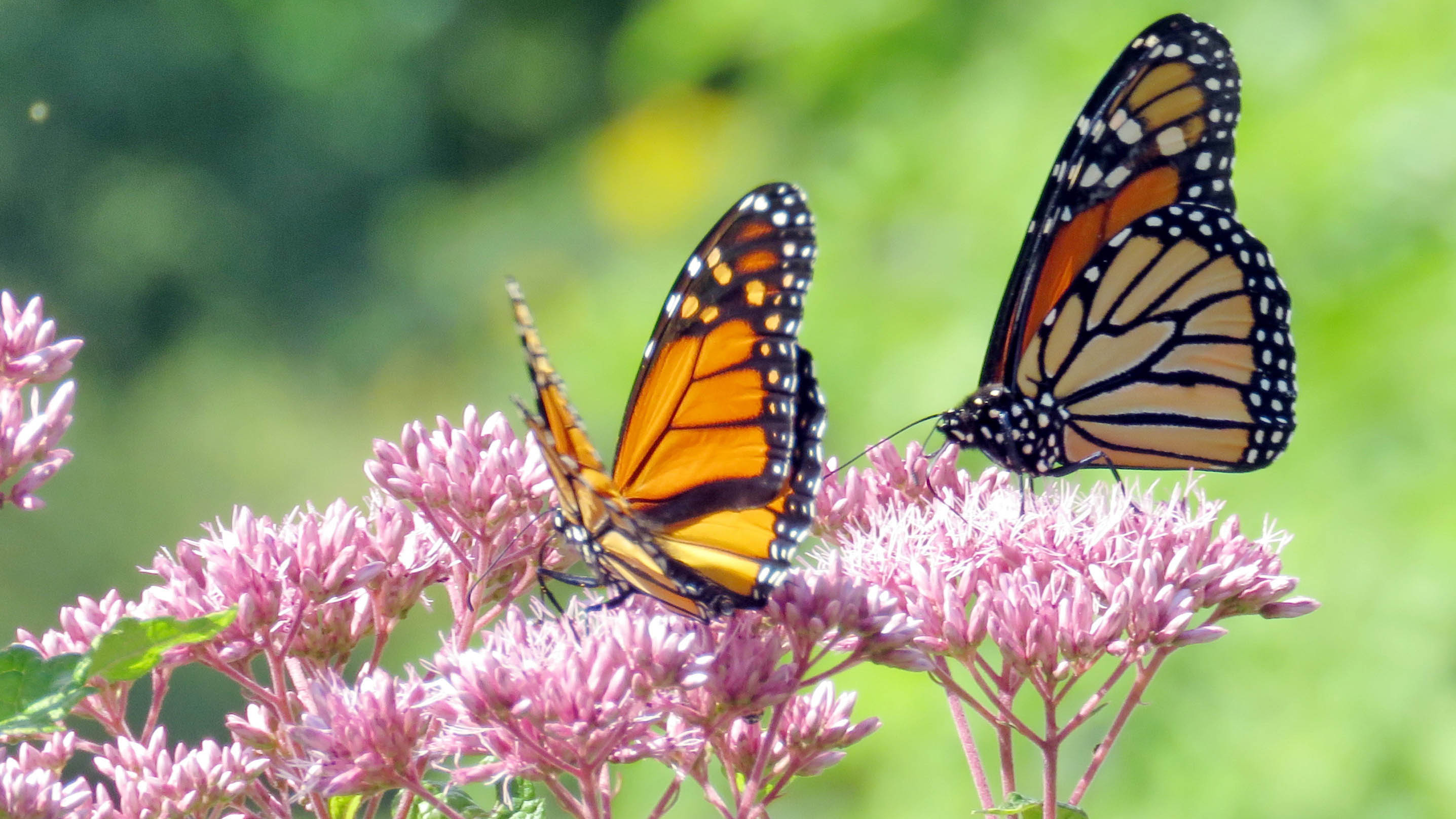
Surprisingly, weeds are great for the ecosystem, and play a vital role in transforming dry earth into rich fertile soils, and providing new habitats for wildlife. Another term for this is "rewilding," which is about bringing barren grass back to its original, natural state.
“Weeds can attract a variety of insects, birds and other wildlife into your garden, which contributes to a balanced environment where pollinators can thrive,” says Bonnett. “Pollinators are vital to the production of healthy plants and crops.”
Sign up to get the BEST of Tom's Guide direct to your inbox.
Get instant access to breaking news, the hottest reviews, great deals and helpful tips.
Dandelions in particular may not be favorable for our lush lawns, but are great for attracting bees. Additionally, weeds produce flowers that feed many insects, while their leaves feed caterpillars, aphids and other soft-bodied creatures. These in turn make a nice feed for birds and other insects, so the circle of life continues!
2. Make a ‘weed fertilizer’
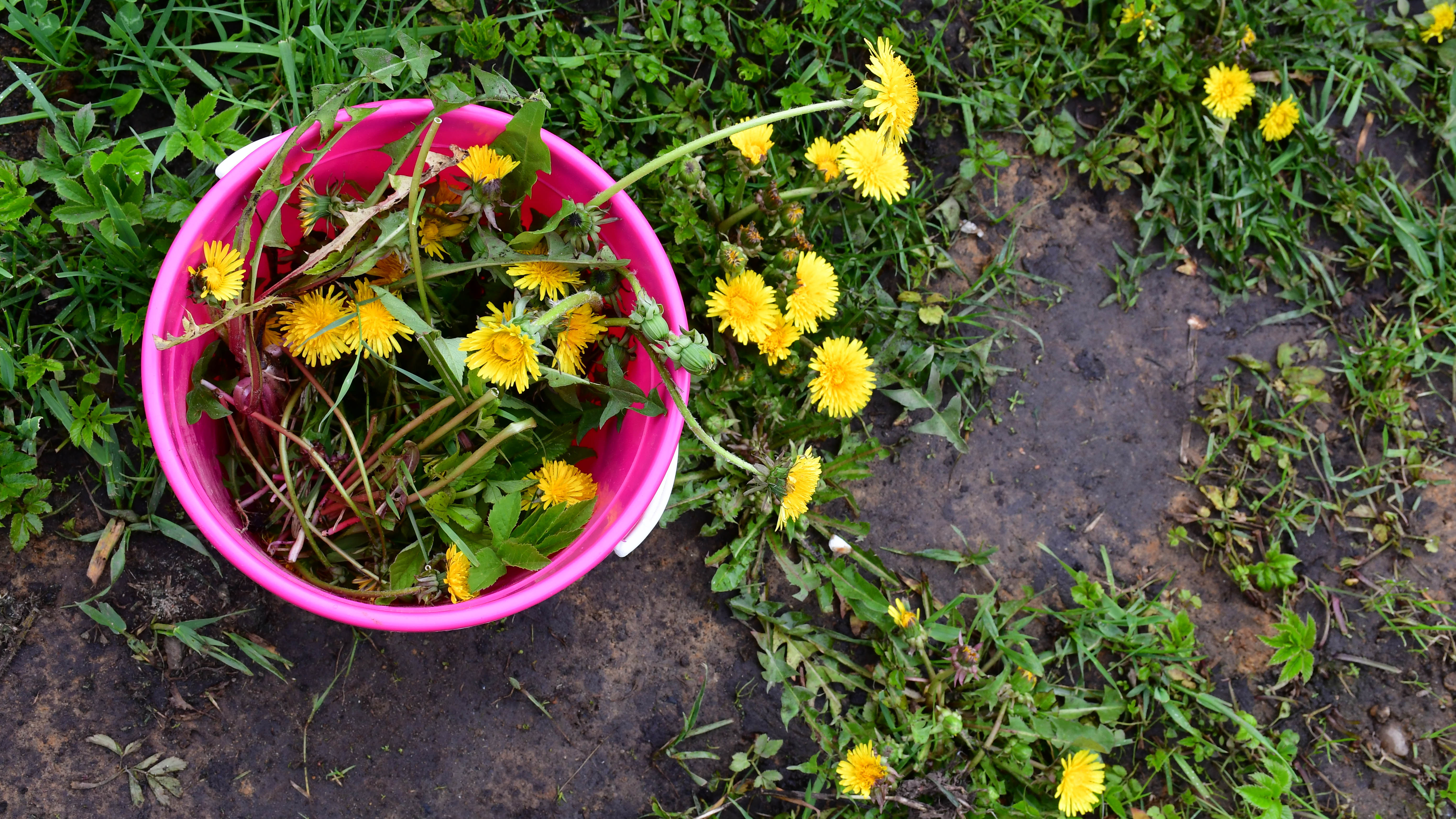
Another benefit is that weeds are full of essential nutrients they have absorbed from your soil. This is from drawing up the organic matter and nutrients of the soil as they continually grow and die — making a great, natural fertilizer.
You can make your own weed fertilizer by simply soaking chopped weeds into a bucket of water (preferably rain water). Cover the top to keep pesky mosquitoes out, and stir the mixture daily with a wooden stick. Leave to ‘brew’ for a few days or up to two weeks before straining the ‘fertilizer tea’ to spray onto plants or crops.
“Improve the soil by applying decomposed weeds to it. You can let the weeds rot down in a bucket of water, and then pour the contents onto your compost bin.”
The liquid will provide all the nutrients plants need to grow healthily, which is a more economical way of recycling garden waste, and to save money on shop-bought products.
3. Help to retain soil moisture
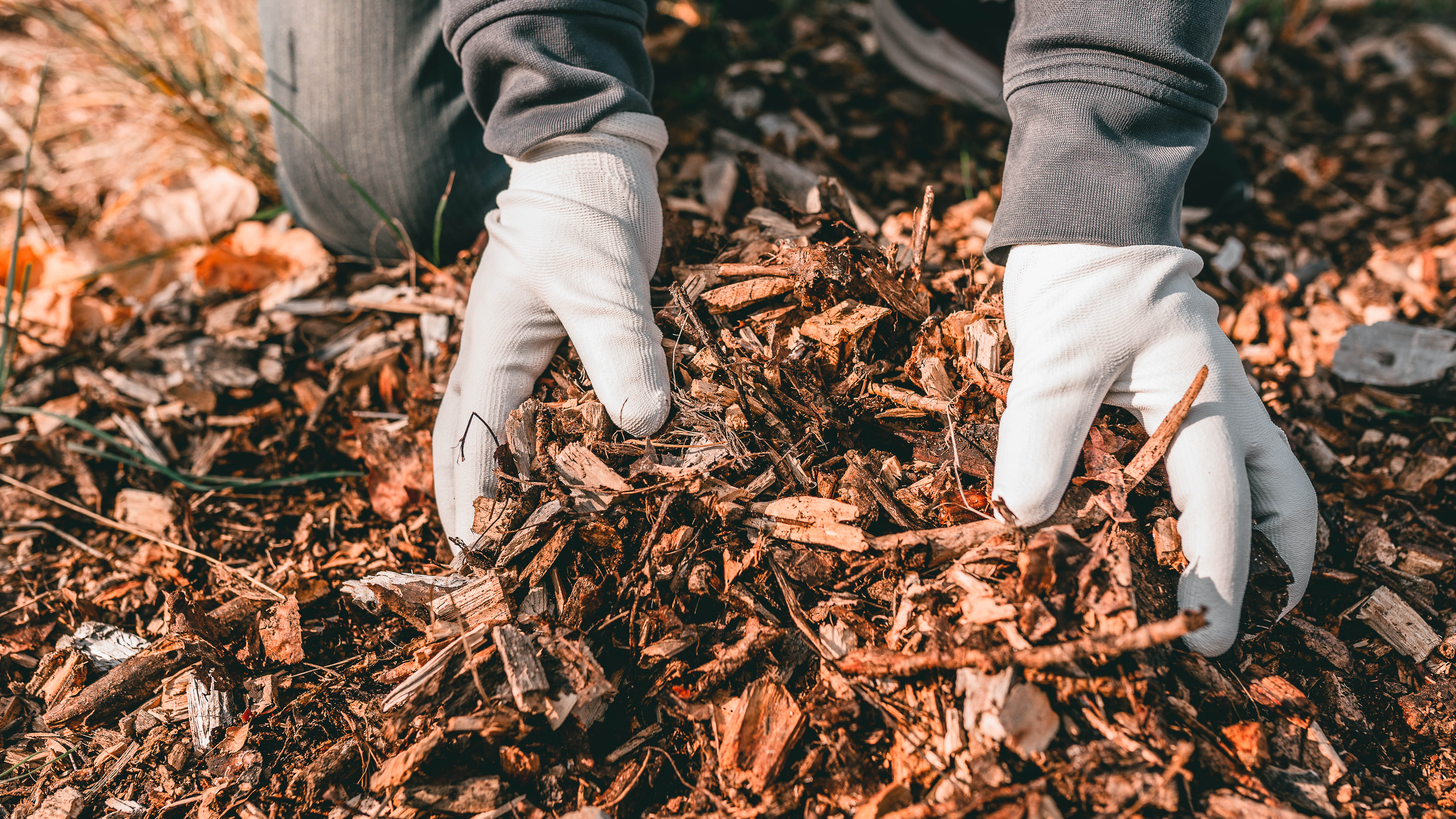
Since weeds absorb all the nutrients from soil, they also help to reduce the water evaporation that often leaves soil dry and in bad condition. Much like mulch, weeds can retain moisture in the ground, and prevent it from drying out. This is especially the case in hot weather or in a heatwave.
“Serving as living mulch, weeds can reduce water evaporation by covering the soil surface. Weeds assist in water conservation by holding onto moisture, which reduces the need for frequent watering.”
Other types of mulch you can use in your yard include organic matter such as fallen leaves, straw, bark or grass clippings making up its bulk. These work well to break down naturally, adding valuable nutrients to the soil such as nitrogen and potassium, in the process. In addition, aim for about 2-3 inches of mulch for best results, and replace your mulch when needed.
4. Can prevent soil erosion
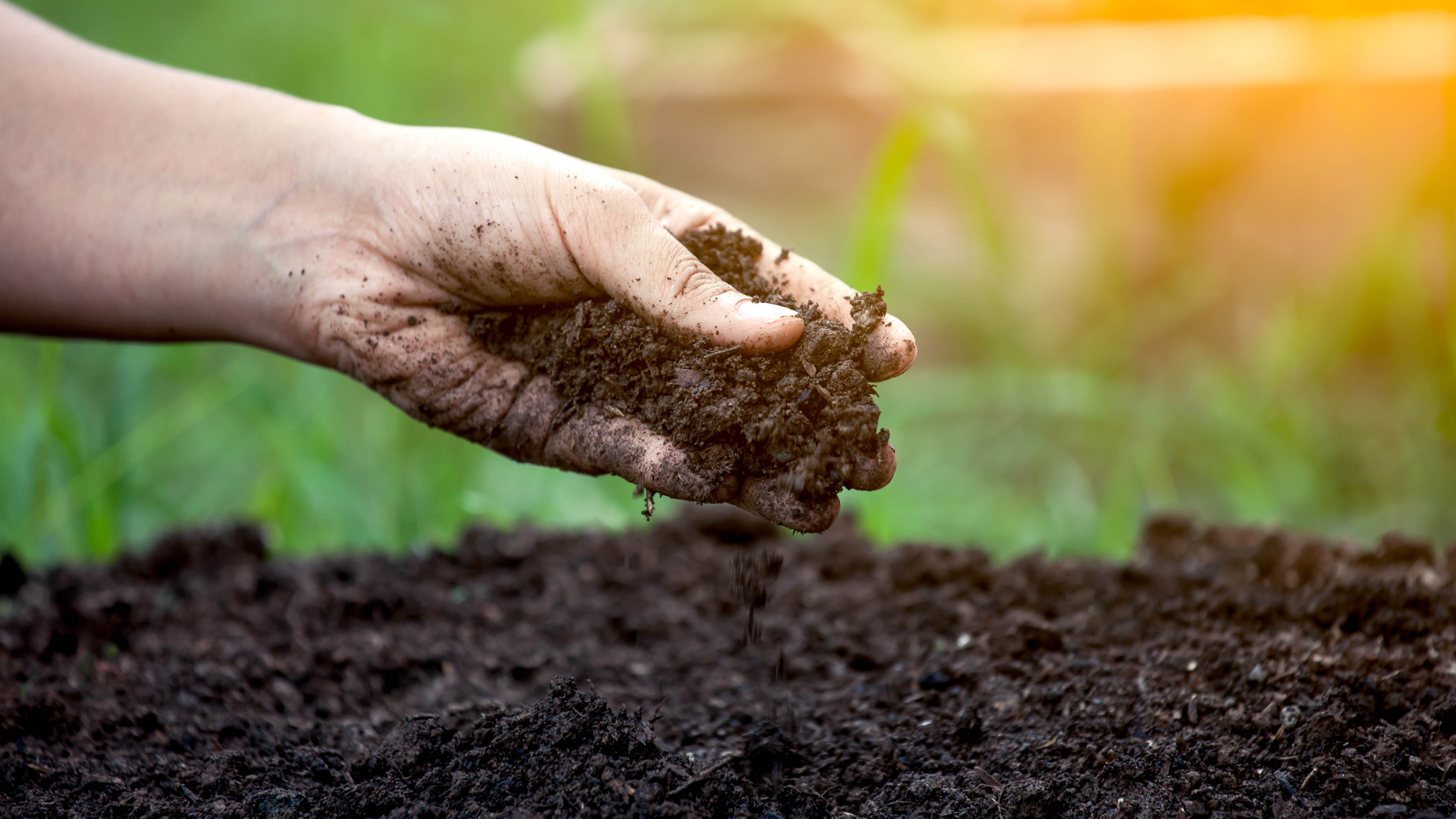
Similarly, weeds can prevent soil erosion by acting as a layer of protection from the elements. Essentially, erosion is a natural process when wind, rain or floodwater washes over unprotected ground, removing soil particles. In our yards, this usually affects the topsoil — which is the healthiest and most nutrient-rich soil to grow with.
And while there are certain plants that can prevent soil erosion in your yard including popular ground cover plants — surprisingly, weeds are one of them.
“Weeds can prevent soil erosion from wind or water by covering bare patches on the lawn. Their strong root systems hold the soil in place and prevent valuable topsoil from being washed away.” So weeds can have their uses in certain areas of the yard that are prone to such conditions.
Plus, you might also want to consider these 5 ways to improve your soil for a healthier lawn.
5. Tells you the condition of your soil
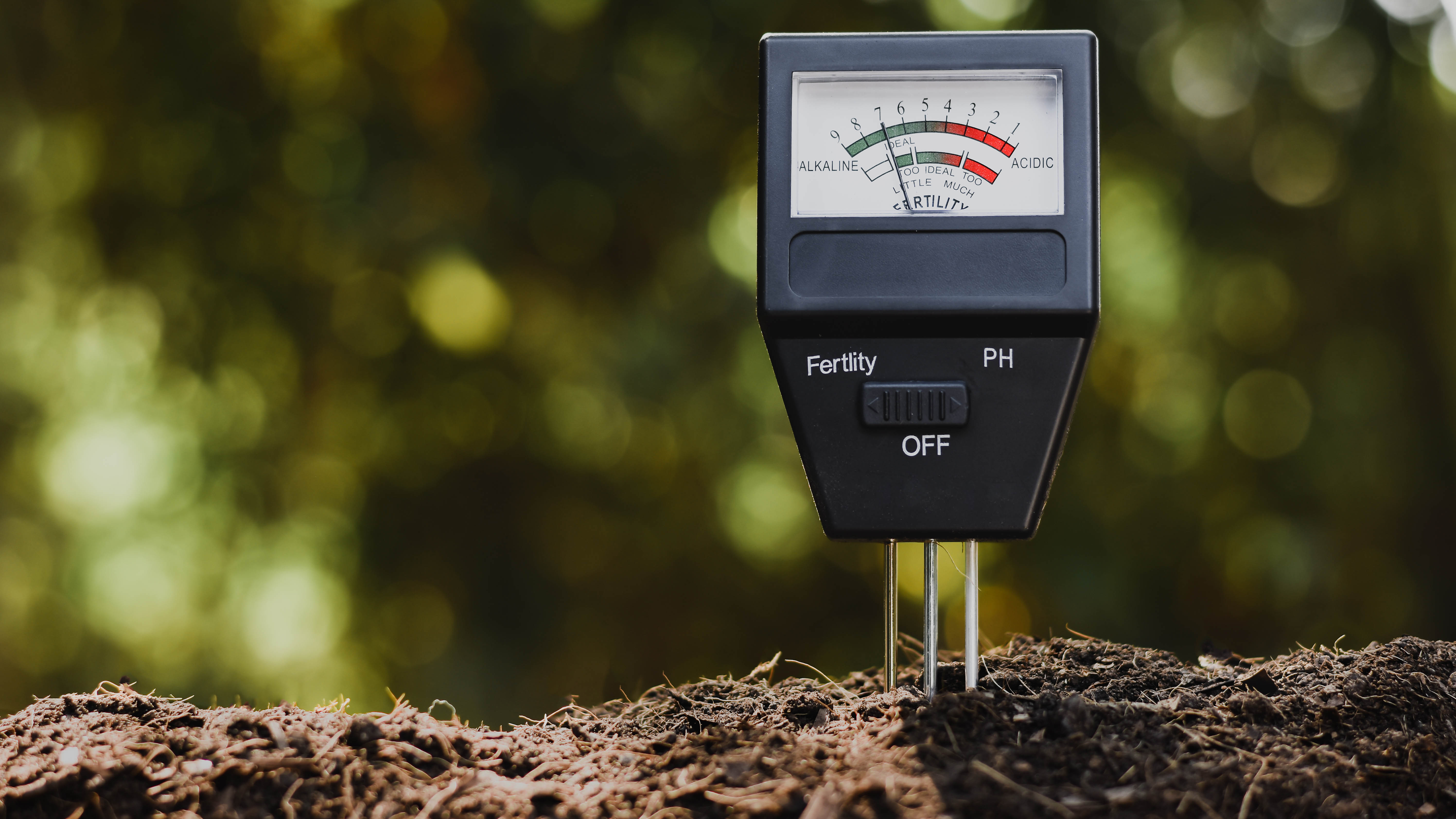
Another surprising benefit of weeds is that certain types can actually indicate the condition of your soil. Ideally, experts recommend having a slightly acidic pH level of 6-7, alongside plenty of nitrogen, phosphorus and potassium. But this is also dependent on your grass type, as cool-season grasses prefer the pH to be slightly higher than warm-season grasses.
“When soil is very acidic or nutrient-deficient certain weeds are more prone to grow. Observing the types of weeds that grow in your garden can provide valuable insights into the soil's needs.”
You can test the pH levels with a soil test kit, like this MySoil Soil Test Kit ($29.99 @ Amazon), to indicate what changes you can make to improve conditions. These would usually be adding soil amendments or necessary fertilizers to the soil. Once you’ve treated the soil, test again to ensure your soil condition has improved.
“Gardeners who utilise the hidden talents of weeds can significantly improve their outdoor spaces.”
More from Tom's Guide

As the Homes Content Editor, Cynthia Lawrence covers all things homes, interior decorating, and garden-related. She has a wealth of editorial experience testing the latest, ‘must-have’ home appliances, writing buying guides and the handy ‘how to’ features.
Her work has been published in various titles including, T3, Top Ten Reviews, Ideal Home, Real Homes, Livingetc. and House Beautiful, amongst many.
With a rather unhealthy obsession for all things homes and interiors, she also has an interior design blog for style inspiration and savvy storage solutions (get rid of that clutter!). When she’s not testing cool products, she’ll be searching online for more decor ideas to spruce up her family home or looking for a great bargain!
